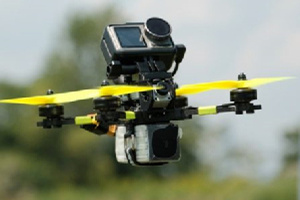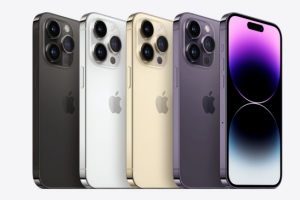How Apple Is Organized for Innovation: The Leadership Model
Back in 1997, Steve Jobs implemented the functional structure at Apple. That is, he divided the company into departments based on domain expertise rather than traditional business units. Ever since this change in structure took place, Apple’s managers at every level have been expected to possess three key leadership characteristics.
The first is deep expertise.
Apple is not a company where general managers oversee managers. Here, experts lead experts. The company believes that it’s easier to train an expert to manage well than to train a manager to be an expert. In a 1984 interview, Job said, “Do you know who the best managers are? They are the great individual contributors who never, ever want to be a manager but decide they have to be, because no one else is going to do as good a job.”
The upside is this. Apple’s 600 plus experts on camera hardware technology work in a group led by Graham Townsend, a camera expert himself. Because iPhones, iPads, laptops, and desktop computers all include cameras, these experts would be scattered across product lines if Apple was organized in traditional business units. Consider how this would dilute their collective expertise and their power to drive innovations.
The second leadership-must at Apple is an immersion in the details.
Apple believes “leaders should know the details of their organization three levels down.” They should be able to push, probe, and “smell” an issue, and know which details are important and where to focus their attention.
Take for instance how its senior leaders pay extreme attention to the exact shape of products’ rounded corners. Let’s take a moment to understand this. The standard method for rounding corners is to use an arc of a circle to connect the perpendicular sides of a rectangular object, which produces a somewhat abrupt transition from straight to curve. In contrast, Apple’s leaders insist on continuous curves, resulting in a shape known in the design community as a “squircle”: The slope starts sooner but is less abrupt. The difference is subtle, and executing it isn’t simply a matter of a more complicated mathematical formula. It demands that Apple’s operations leaders commit to extremely precise manufacturing tolerances to produce millions of iPhones and other products with squircles. And this deep immersion in detail isn’t pushed down to the lower levels; it is central to the leadership level.
The third leadership imperative at Apple is a willingness to collaboratively debate.
Apple has hundreds of specialist teams across the company, dozens of which may be needed for even one key component of a new product offering. For example, the dual-lens camera with portrait mode required the collaboration of no fewer than 40 specialist teams.
The collaborative debate approach involves people from various functions who disagree, push back, promote or reject ideas, and build on one another’s ideas to come up with the best solutions. It requires open mindedness from senior leaders and for them to inspire, prod, or influence colleagues to contribute towards these goals.
To recap then: deep expertise, immersion in details, a willingness to collaboratively debate. When managers have these attributes, decisions are made in a coordinated fashion by the people most qualified to make them. Like it does at Apple, adding to its innovation and success.















